Indian Smartphone Market Grew by 11% YoY in 1Q24 to 34 Million Units: IDC
According to the International
Data Corporation ’s (IDC) Worldwide
Quarterly Mobile Phone Tracker, India’s smartphone market shipped 34
million smartphones in 1Q24, with 11.5% growth YoY (year-over-year), making it
the third consecutive quarter of growth in shipments.
“Several
new launches across multiple price segments happened during the quarter,
coupled with increased promotional activities, particularly around premium
offerings. Brands continued their focus on microfinancing schemes to drive
affordability. eTailers organized several sales events and offered discounts on
models nearing their end-of-life (EOL), resulting in increased demand and lean
inventory,” said Upasana Joshi,
Senior Research Manager, Client Devices, IDC India.
Key Highlights for 1Q24:
• Smartphone ASPs (average selling price) remained flat YoY and
QoQ at US$263, ending the streak of strong ASP rise for the last several
quarters.
o The entry level (sub-US$100) segment declined by 14% YoY to
15% share, down from 20% a year ago. Xiaomi continued to lead this space,
followed by Poco (2nd) and
itel (3rd).
o Shipments to the mass budget (US$100<US$200) segment grew
by 22% YoY, reaching 48% from 44% a year ago. The top 3 brands were vivo,
Xiaomi and Samsung, making up 53% share in this segment.
o The share of entry-premium (US$200<US$400) segment reached
23%, up from 20% growing by 25% YoY. OPPO and realme gained a significant
share, making up almost 30% of this segment.
o The mid-premium segment (US$400<US$600) segment declined by
46% in unit terms to a 3% share, down from 6% a year ago. OnePlus led with a
38% share, followed by vivo and OPPO.
o The premium segment (US$600<US$800) held a 2% share and
declined by 21% in unit terms. Key models were the iPhone 13, Galaxy S23FE/S23,
iPhone 12 and OnePlus12. Apple’s share declined YoY to 45%, while Samsung was a
close second with a 44% share, up from 16% a year ago.
o The super-premium segment (US$800+) grew the highest with 44%
growth, with its share up from 7% to 9%. The iPhone14/15/14 Plus/15 Plus
together accounted for 64% of shipments, followed by the Galaxy S24/S24
Ultra/S23/S24+ with 25% share. Overall, Apple led the segment with a share of
69%, followed by Samsung at 31%.
• 23 million 5G smartphones were shipped in the quarter. The
share of 5G smartphone shipments increased to 69%, up from 46% in 1Q23, while
5G smartphone ASPs dropped to US$337, a decline of 21% YoY in 1Q24. Within 5G,
shipments of the mass budget (US$100<US200) segment grew three times to
reach 46% share. Xiaomi’s Redmi 13C, vivo’s T2x, Samsung’s Galaxy A15, vivo’s
Y28 and Apple’s iPhone14, were the highest shipped 5G models in 1Q24.
• Shipments to online channels grew by 16% YoY, and its share
increased to 51% in 1Q24 compared to 49% in 1Q23. Poco, vivo and Motorola
registered more than 65% YoY shipment growth in the online channel.
• Overall, vivo emerged as the top brand, replacing Samsung, as
it continued to build its portfolio across price segments/channels and support
offline partners. Amongst the top 10 brands, Motorola registered the highest
growth, led by affordable launches; Samsung - despite the new lineup -
witnessed declining shipments.
• Apple, with an ASP of US$953, had a record first-quarter
shipment, growing by 19% YoY. Price discounts, special deals on eTailer
platforms, and attractive financing options led to this consistent growth for
Apple beyond the festive season. iPhone 14/15 made up 56% of shipments for
Apple.
“The first few months of the year have provided momentum for the
smartphone market in India. However, the second half of the year will be
crucial. IDC estimates a modest overall annual growth in the mid-single digits
for 2024,” says Navkendar Singh, Associate Vice President,
Devices Research, IDC.
“Challenges around attracting first-time smartphone users and
mitigating the impact of the secondhand market continue to restrict market
growth. Notably, the market’s concentration among the top brands is weakening,
with the long tail of smaller brands and sub-brands gaining volume. The share
of the top five brands has dropped to 65% from 69% a year ago,” Singh
concludes.





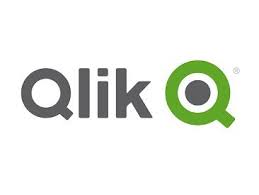




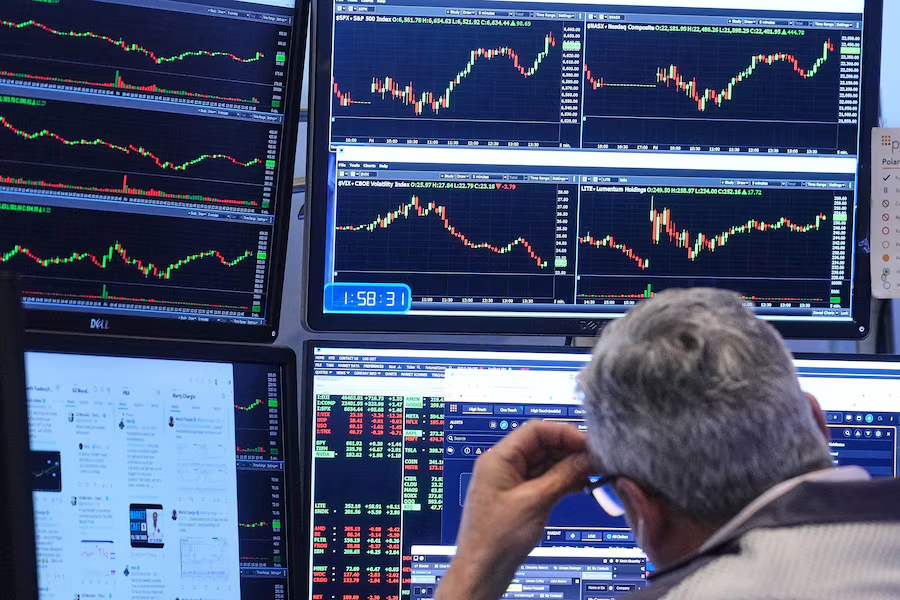



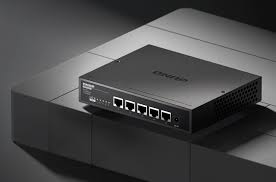
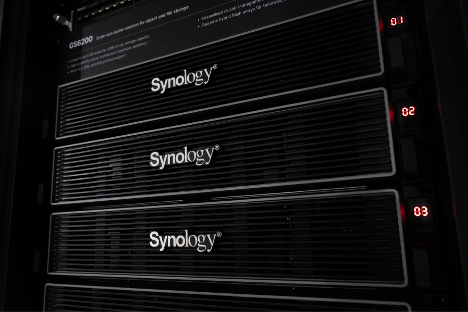






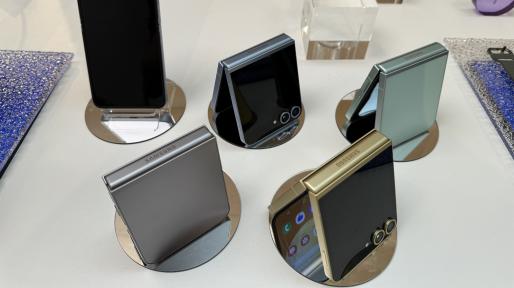










Leave A Comment